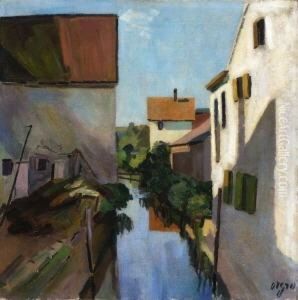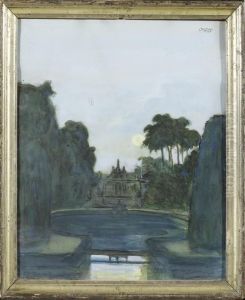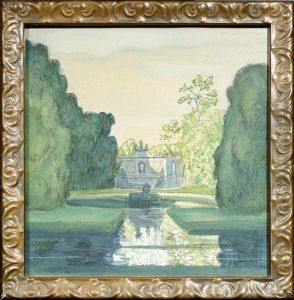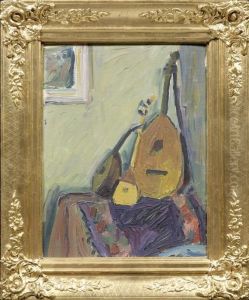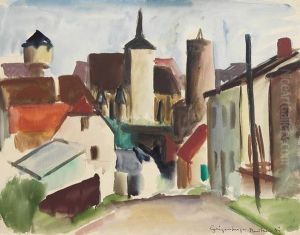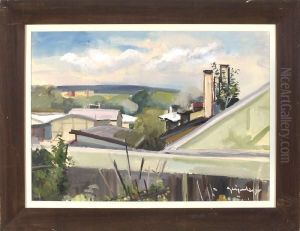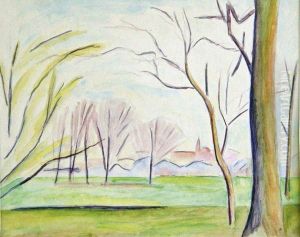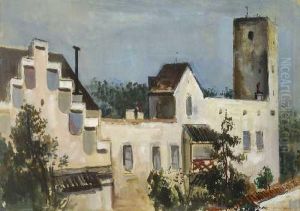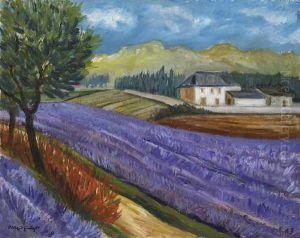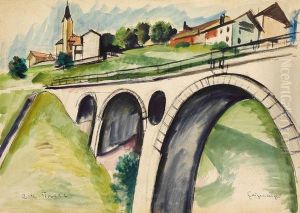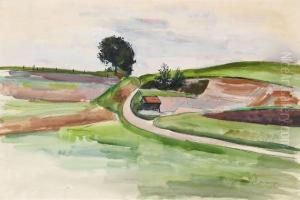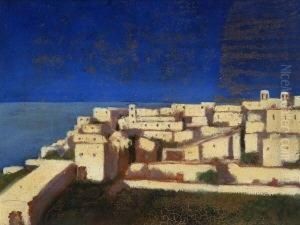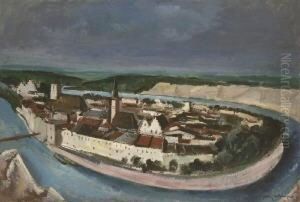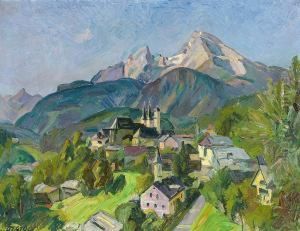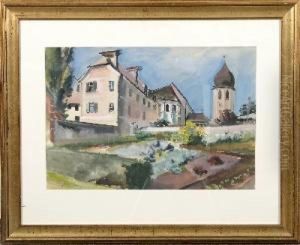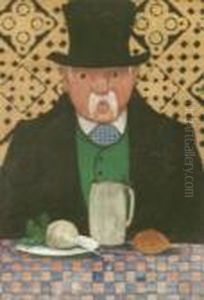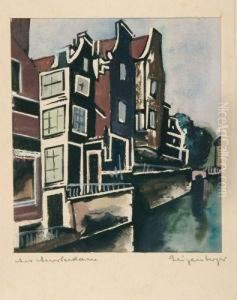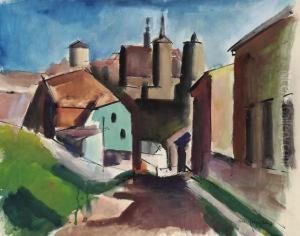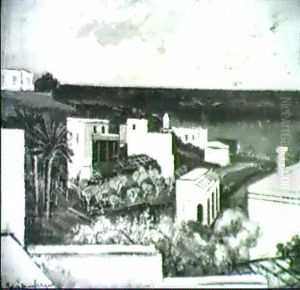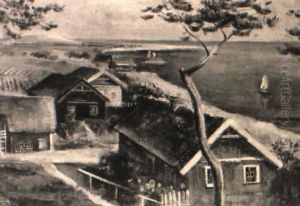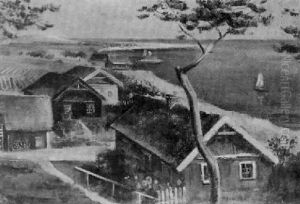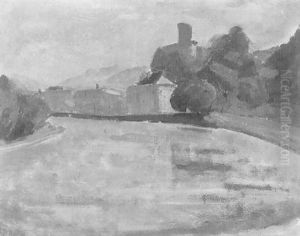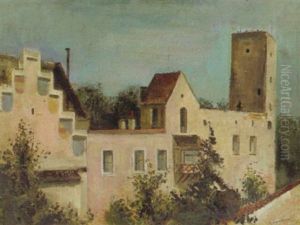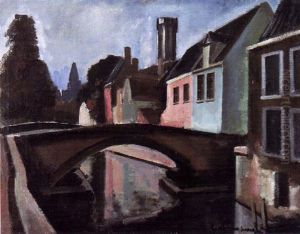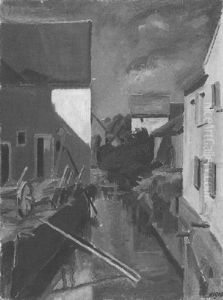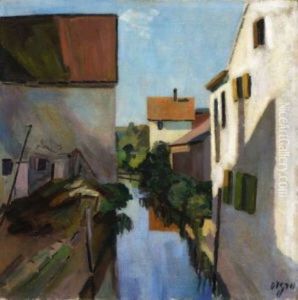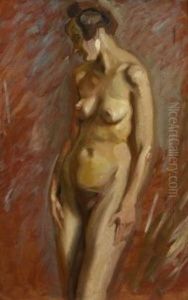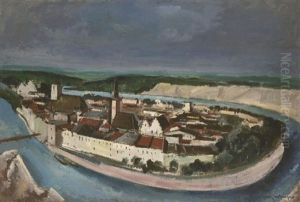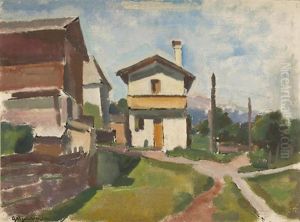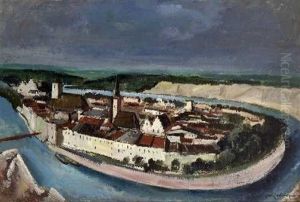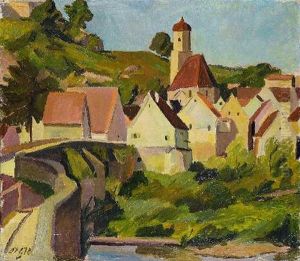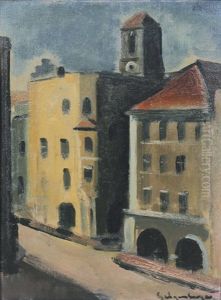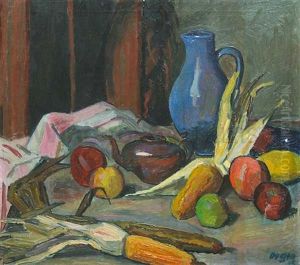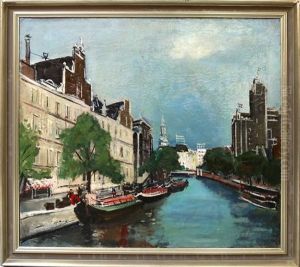Otto Geigenberger Paintings
Otto Geigenberger was a German artist known for his contributions to graphic arts, painting, and illustration. Born on April 19, 1881, in Munich, Germany, Geigenberger was part of an artistic milieu that thrived in Munich during the late 19th and early 20th centuries. He studied at the Munich Academy of Fine Arts, where he was influenced by the Jugendstil movement, the German counterpart of Art Nouveau, which emphasized a synthesis of form and function through the use of linear contours and organic shapes. Throughout his career, Geigenberger was actively involved in various artistic endeavors, including book illustration, poster design, and painting. He became well-known for his ability to blend traditional techniques with modern aesthetics, creating works that were both innovative and accessible. His illustrations often featured whimsical characters and were characterized by their vibrant colors and intricate details, making them popular among both children and adults. In addition to his work in graphic arts, Geigenberger was also a respected teacher. He taught at the Munich Academy of Fine Arts, where he influenced a new generation of artists with his emphasis on craftsmanship and creativity. His legacy is reflected in the works of his students, many of whom went on to have successful careers in various fields of art. Otto Geigenberger's contribution to the arts was cut short by his untimely death in 1946. However, his work continues to be appreciated by art enthusiasts and collectors, who admire his unique blend of whimsy and technical skill. Geigenberger's art remains a testament to the vibrant artistic culture of early 20th-century Munich and his lasting influence on the world of graphic design and illustration.
